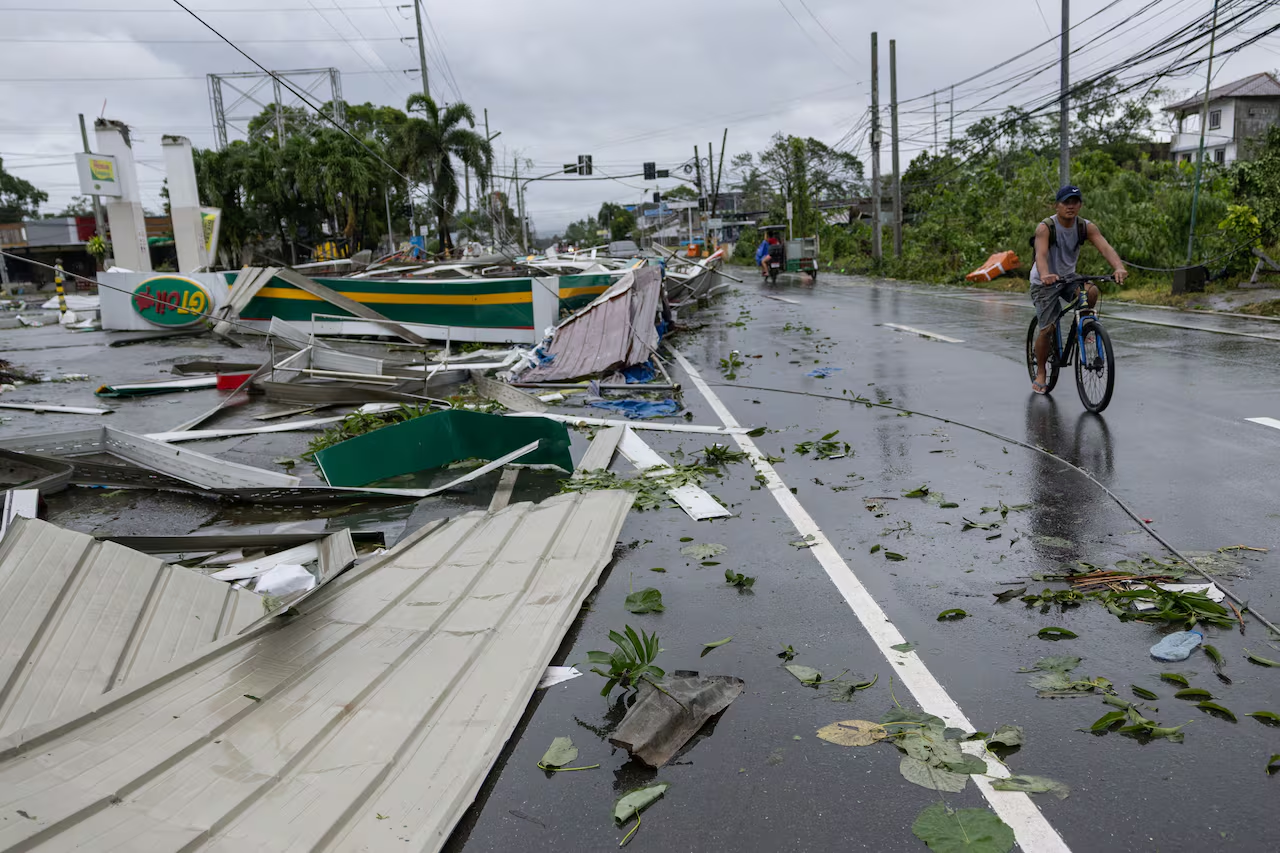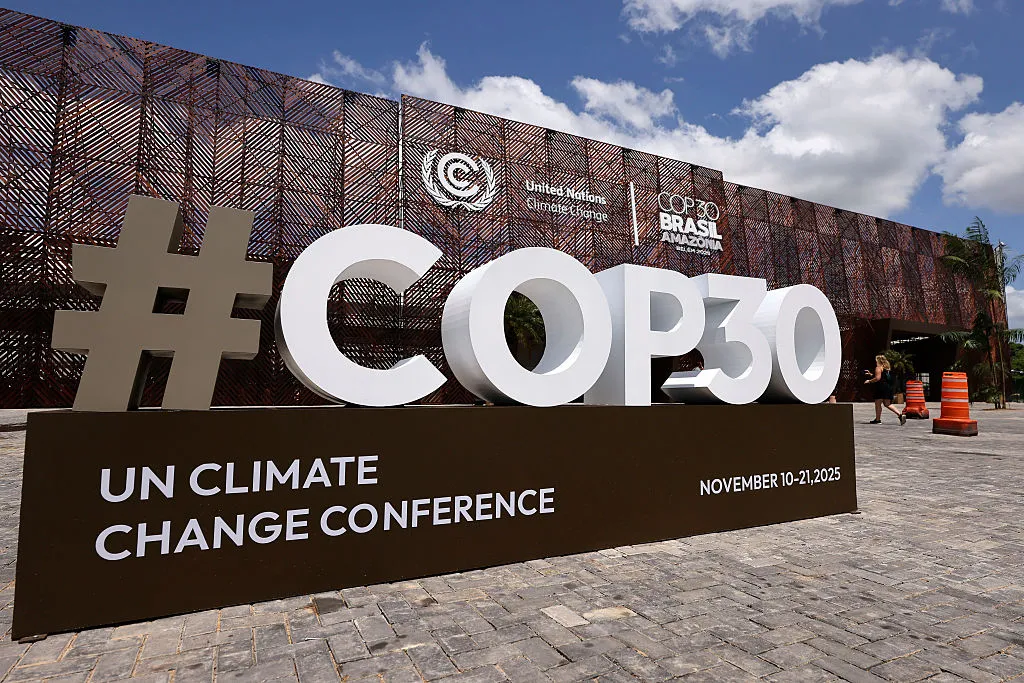Typhoon Fung-wong Unleashes Widespread Destruction Across Northern Philippines
Typhoon Fung-wong has battered the northern regions of the Philippines. It left behind a trail of destruction that has displaced more than 1.4 million people. The storm caused widespread flooding, landslides, and power outages across several provinces. The storm made landfall late Sunday night in Aurora province as a super typhoon, with winds reaching 115 mph and gusts of up to 143 mph, according to national meteorological officials.
As the massive 1,100-mile-wide system swept across Luzon Island, it triggered flash floods and landslides that claimed four lives. This included two children in Nueva Vizcaya, whose home was buried by a hillside collapse. Another person drowned in Catanduanes. Additionally, one more was killed in Eastern Samar when her house caved in under heavy rain.
The Philippine Atmospheric, Geophysical and Astronomical Services Administration (PAGASA) reported that the typhoon weakened slightly as it moved westward toward the South China Sea. However, it submerged at least 132 northern villages before doing so. It also caused damage to over 1,000 houses. Floodwaters forced thousands of residents to climb onto rooftops for safety while rescue teams worked through treacherous conditions to evacuate families trapped by rising water.
More than 318,000 people remained in evacuation centers as of Monday. Meanwhile, the Office of Civil Defense (OCD) confirmed ongoing clearing operations on blocked roads. The agency warned that persistent rains could still trigger secondary landslides and flash floods, especially in mountainous areas.
State of Emergency Declared as Government Ramps Up Relief Efforts
President Ferdinand Marcos Jr. declared a state of emergency following the devastation caused by both Typhoon Fung-wong y Typhoon Kalmaegi. The latter had already claimed over 224 lives earlier in the week. The government is mobilizing national and local agencies to provide food, clean water, and medical aid to affected families, with assistance led by the Department of Social Welfare and Development (DSWD) and the Philippine Red Cross.
Authorities have also suspended classes and government operations in multiple regions. This aims to prioritize relief and rescue missions. The Philippine Coast Guard has grounded all sea vessels, leaving over 6,600 passengers and cargo workers stranded across major ports. Furthermore, 325 domestic flights y 61 international flights were canceled due to hazardous conditions.
The economic toll is expected to reach hundreds of millions of dollars. This impact will be felt particularly in the agriculture and infrastructure sectors. Flooded rice fields and destroyed road networks have isolated communities, complicating the delivery of relief supplies. The administration stated that rebuilding efforts would focus on strengthening disaster resilience, given the increasing intensity of tropical storms striking the nation each year.
While the Philippines has not formally requested international aid, both Japan and the United States have expressed readiness to provide logistical and humanitarian support.
Climate Challenges and the Philippines’ Growing Vulnerability to Super Typhoons
The Philippines is among the world’s most disaster-prone countries. It faces an average of 20 typhoons annually, alongside frequent earthquakes and volcanic eruptions. Climate scientists warn that rising sea surface temperatures linked to climate change are intensifying storms like Fung-wong. This increases their frequency and destructive capacity.
Environmental organizations are urging the government to accelerate climate adaptation programs and invest in sustainable infrastructure. Enhanced early warning systems, stronger flood defenses, and resilient housing are crucial to protecting communities most at risk.
The National Disaster Risk Reduction and Management Council emphasized the immediate focus remains on rescue and relief. However, long-term strategies must aim to reduce vulnerability in high-risk coastal and agricultural regions. Recovery will likely take months, and for many residents who lost their homes, the path to rebuilding their lives remains uncertain.
As Typhoon Fung-wong moves toward Taiwan, meteorologists continue to monitor potential after-effects on the South China Sea. The Philippines stands as a testament to the growing threat of severe weather events, underscoring the urgency of global and national action to mitigate the worsening impacts of climate change.



